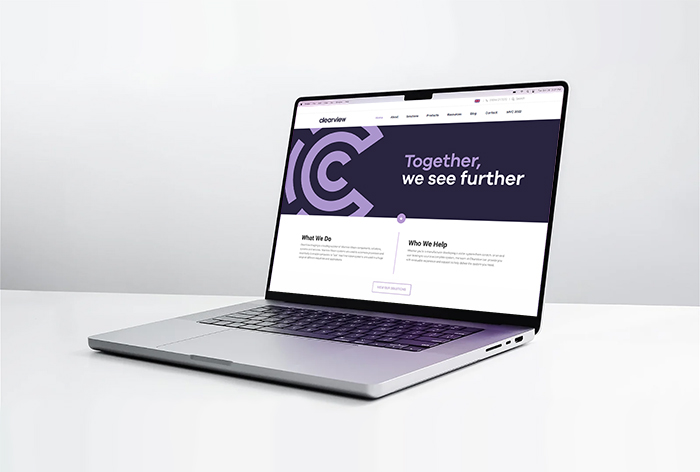Holding the reigns of a food distribution line is not a job for the fainthearted, as it solicits a great deal of attention to detail and patience. With the expectation of keeping the defects in output as low as possible and top management continuously breathing down your neck in aid of that, being on the lookout for any inconsistencies that might arise from within the production process is paramount.
Importance of a reliable label verification system
Ultimately, there’s a bouquet of approaches to pick from, that aid the qualitative process within food distribution. A tried and tested method is to set up a label verification system, as a designated step along the food supply path. These inspection systems are particularly crucial when dealing with perishables and packaging, where in-depth scrutiny of the end product is mandatory, at each step of the production process.
Emergency Product Withdrawal (EPW)
With all the checks in place, you’d expect that everything should be running pretty smoothly. The last thing that you want to be worrying about is an emergency product withdrawal (EPW). This consumer safety net is activated in those severe instances where the quality of the food has been seriously compromised. Such food might contain detectable levels of bacteria, physical contamination (e.g. glass or other foreign materials in the food) or labelling with wrong parameters (e.g. incorrect ingredients list).
What are the consequences of having a product withdrawal
EPW is one of the most serious offences that can happen to a business and has, at times, brought big industry players down to their knees. Here are some of the more serious consequences that you need to look out for:
- Fines – Penalties for withdrawal of consumable items have no legislated upper limit. In 2007, Cadbury was issued with a £1 million fine, in connection with the salmonella outbreak that affected more than 40 people.
- Reputation – Although financial implications can be catastrophic for the incriminated business, a dent in the reputation is often irreversible.
- Lost clients - The clients that don’t trust the products of a certain manufacturer, will most likely never again buy such products. In the long run, dwindling customer base can be disastrous for the business.
- Staff morale – A cold-shouldered company might not be an ideal place to work at. Not only are you aware of the damage that your collective has wreaked, but you know that, jointly, you had either directly or indirectly contributed to that jumble. According to the Hanover Insurance Group, besides the morale, EPWs also impacts the productivity and bottom line of a company.
What happens if you receive a demand for product withdrawal?
Legally, if a withdrawal needs to occur, the company has to communicate this decision to the relevant national and regional government agencies and departments. Likewise, the public needs to be informed as well. The company’s PR machinery will usually go into a crisis management mode, providing the general public with additional information and details about the incident, as well as notifying them where the contaminated product items need to be returned/disposed of.
EPWs result in unplanned, yet critical learning curves for any business. The sheer idea of having to recall a full product line, is enough to put a damper on any business. Coupled with costs associated with these recalls, and it’s clear why any business would steer away in a wide angle from such an eventuality. In a worst-case scenario, the company can be blacklisted as a result of a product recall, resulting in either a temporary or permanent restraint of trade.
What does a great label verification system look like?
A good label verification system is the perfect safety net when trying to avoid delicate situations, like products not meeting strict criteria. An example of such a comprehensive system is CheckMate, which is designed to detect and eliminate labelling errors (e.g. use of an incorrect label or poor print quality), while offering the following features:
- Print verification
- Date and time verification
- Label position
- Overprinted coding
- 1D/2D barcode verification
- Flash label check
Moreover, what sets CheckMate apart from other similar systems is its ability to support TrueType fonts. Some vision systems require a custom font to be created, for every font that the system inspects (e.g. you are required to manually draw a box around each font, for both lower or upper case, as well as various font size versions, and define each font separately). While CheckMate supports TrueType fonts, it also allows for the creation of custom fonts. A simple input of the desired font type (e.g. Arial 17) will make the system recognise this font in all its formats and make modifications to the production line more self-sufficient and without the need for external support.
Another key differentiator is CheckMate’s ability to support 360-degree rotation. Often, product units on the production line might not be equally aligned with one another (e.g. 180-degrees). CheckMate can cope with any orientation of the product unit and assign the labelling in a uniform way, across the whole production line.
Also, besides the technical strengths, such a system should come standard with good customer support and post-purchase assistance. Look for companies that offer a solid maintenance contract and user training, as part of the package. The last thing that you want is a hi-tech piece of equipment that is underutilised or not utilised properly, as it would turn out to be more of a cost than an asset.






